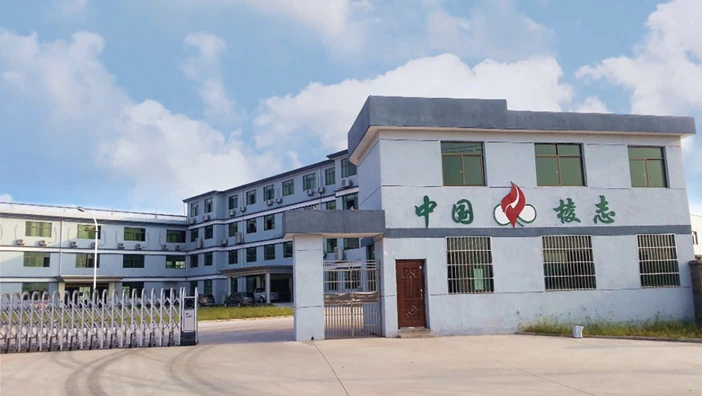Tel: 0086769-23187408
Email: info@linzshoes.com
Tel: 0086769-23187408
Email: info@linzshoes.com

To get a higher tear strength of cut-resistant fabric, strong fibers are combined with either creative weaving or knitting technology. The fabric is therefore less prone to tearing because its weave is tight thereby making it last longer even if it experiences any longitudinal tension. Flame retardant fabrics are especially made not to foster the spread of fire moving into the work environment in hazardous operations such as CNC turning and milling centers. This special material also reduces the risk of fire-related injuries when used in factories operating CNC lathes. It also serves as an armour that reduces the chances of your clothes getting burnt and at the same time, it’s comfortable to wear, doesn’t restrict movement and minimises discomfort during long machine operation. Additionally, alternative flame-retardant materials can protect people from other associated hazards like arc flash or chemical splash.

Nize New Materials is one of the world's leading material suppliers. We have more than 20 years of experience in this field and serve customers around the world. We also have world-class production equipment and an annual production capacity of 5 meters of ionic sulfate.
We focus on the research of the anti-piercing shoe midsole, interrupting the monopoly position of the anti-piercing cloth midsole inforeian countries. and producing the anti-piercing cloth midsole of our own branc, filing the domestic gap
The factory covers an area of 83.5 mu and has more than 22.500 sauare meters of production plant, 3,000 square meters of research anddevelopment center, 3,000 sauare meters of office space and more than 500 sets of advanced production and inspection equipment
We have excellent products and a professional sales and technical team that can provide satisfactory solutions according to your needs. If you are interested in our products, we look forward to your online message or call for consultation!
Our products cover a variety of functional materials, whether they are waterproof materials, wear-resistant materials, flame-retardant materials or thermal insulation materials, which can meet the needs of different industries and applications.
Flame-retardant fabrics are designed with comfort in mind. We use advanced technology in production to ensure that the fabric remains breathable, lightweight and flexible while providing flame retardancy. This allows for easier movement and reduces discomfort during prolonged wear.
Flame retardant fabrics can be used in a variety of industries, including fire protection, oil and gas, chemical processing, welding, power facilities and manufacturing. These industries involve environments where workers are exposed to potential fire hazards or work with flammable materials.
Flame retardant fabric possesses several key characteristics. These include its ability to resist ignition, self-extinguish when the flame source is removed, and limit the spread of flames. It also typically has a high melting point and low heat release rate to offer enhanced protection.
Flame retardant fabric can experience a reduction in its flame retardant properties over time, especially with regular use and exposure to factors like laundering, abrasion, and chemical exposure. It is essential to follow proper care and maintenance guidelines provided by the fabric manufacturer to ensure the longevity and effectiveness of the flame retardant properties. Regular inspections and retesting may also be necessary to ensure compliance with safety standards.
Proper care and maintenance are essential to preserve the flame retardant properties of the fabric. It is recommended to follow the manufacturer's instructions for cleaning, as some flame retardant fabrics may require special laundering techniques. Avoid using harsh chemicals or bleach that could compromise the flame retardant properties.
Flame retardant fabric is commonly used in a range of industries and applications, including the textile industry, the transportation industry (e.g., aviation and automotive), the building and construction industry, and in clothing and protective gear.
